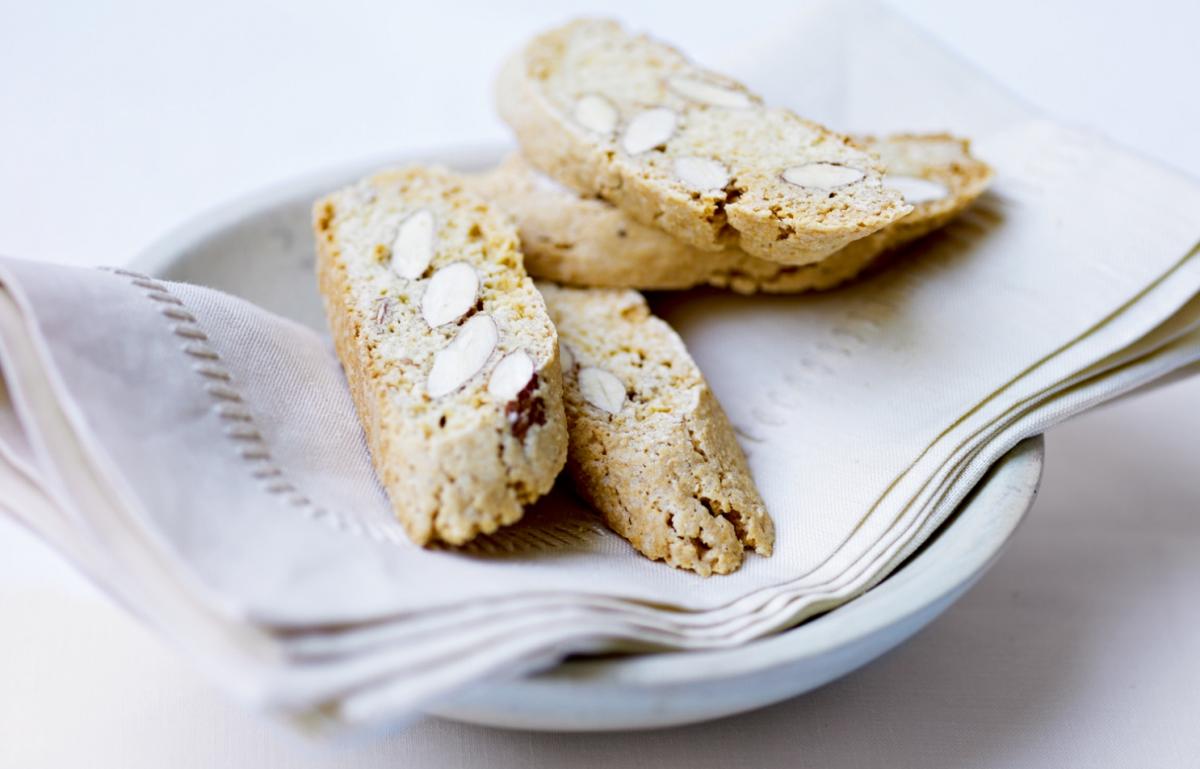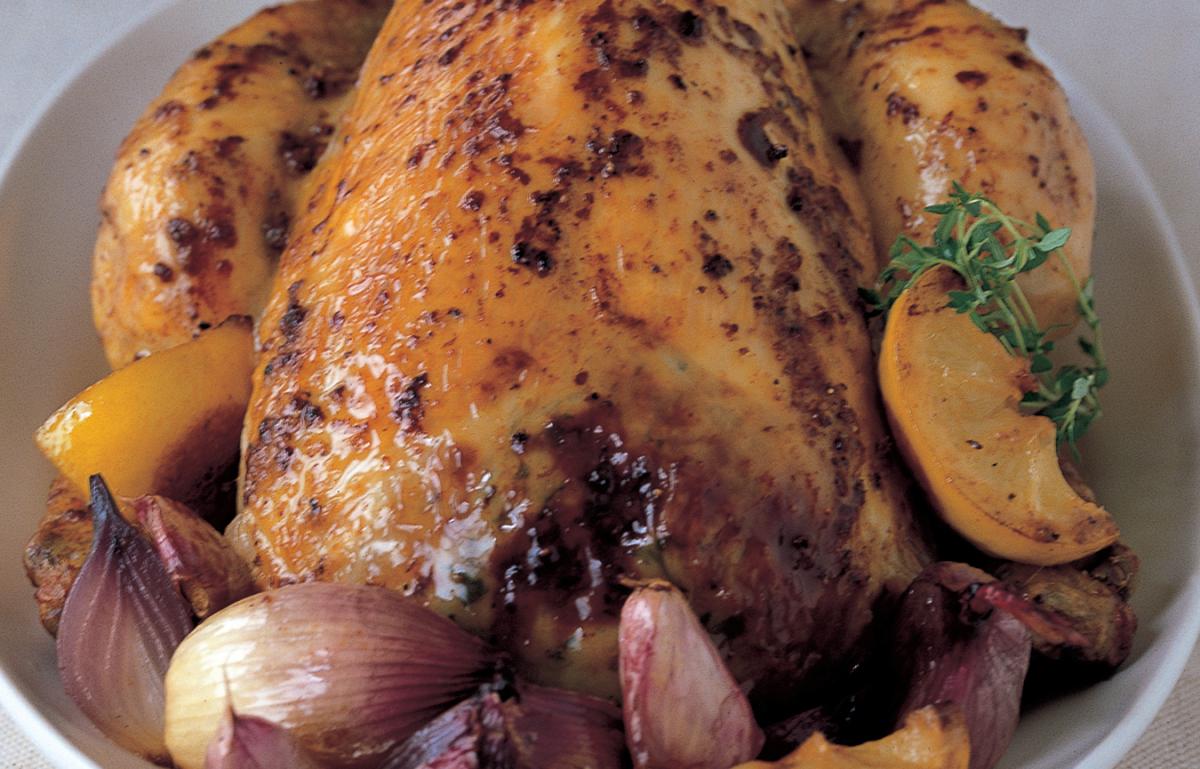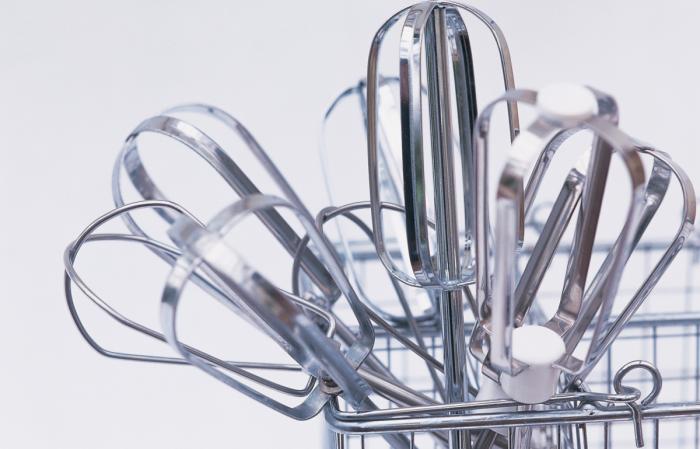


Yes, I know you can buy grand free-standing mixers that have their own bowl and lots of attachments that mean you can walk free while it does its work, so why don't I have one? I have three good reasons, beginning with space: free-standing mixers are great big, cumbersome things that take up unbelievable kitchen space, gathering dust when not in use. Air is another reason: once the mixture is in the bowl and the whisk head is lowered, it all gets a bit enclosed and not enough air (a most important ingredient) is allowed to circulate. The third factor is feel: in all my years of cooking I have liked to get the feel of what I'm mixing. Under or over-beating can be avoided as, with experience, you begin to feel when a mixture is right. Hand-held is best
The blissful thing about an electric hand whisk is that you can tuck it into a cupboard or drawer out of sight and bring it out only when needed. You can use it in a bowl or in a saucepan. It is convenient and quick, and afterwards, all you do then is pop the beaters in a dishwasher or wash them up by hand. Which one is best? The most powerful is the answer, so look for wattage.
![[object Object]](https://www.deliaonline.com/sites/default/files/quick_media/equipment-hand-whisk.jpg)
I'm not sure I would actually make a cake that often if I didn't own an electric hand whisk. Imagine creaming butter and sugar to that whipped, light, fluffy stage without one. Yes, a wooden spoon can do the job, but oh, the agony and the aching arm, the more so as you beat the eggs in bit by bit. Our little genius makes such short work of all cake making.
How you can best use an electric hand whisk
Obviously, this is top of the list. A powerful electric whisk and a large bowl (to give you lots of air) will get you the best volume in the shortest time.
I have tried ricers, which are very fiddly, and the potato gets cold while you fiddle. Mashers definitely need too much 'wellie', and in a processor the mixture just goes gloopy. But the fluffy, creamy mash you get with an electric hand whisk is a joy, and is (and always will be) the best.
What a chore this used to be, but the real thing – a pale golden ointment that wobbles on the spoon – can be made in exactly seven minutes with an electric hand whisk.
I use a wooden kitchen fork for fluffing and separating rice. It is gentler than a metal one, and is also useful for starting off the mixing of bread dough, and perfect for scrambled eggs.

The miniature wonder whisk is far more practical than a standard balloon whisk when making sauce in a small pan, and for whisking oil and vinegar for a salad dressing.

Apart from the metal teaspoons, dessertspoons and tablespoons that are essential, a cook also needs a variety of wooden spoons, including a very useful one with a pointed edge, that can delve into the corners and crannies of a saucepan quickly (eg for scrambled eggs). Other handy spoons are: a long-handled draining spoon with perforations in it to separate something solid from its liquid; an unperforated long-handled spoon that will save you from burning your arms when you want to baste something in a hot oven; and a ladle.

Follow us Like us on Facebook Follow us on twitter Follow us on instagram Follow us on pinterest Follow us on youtube
© 2001-2024 All Rights Reserved Delia Online